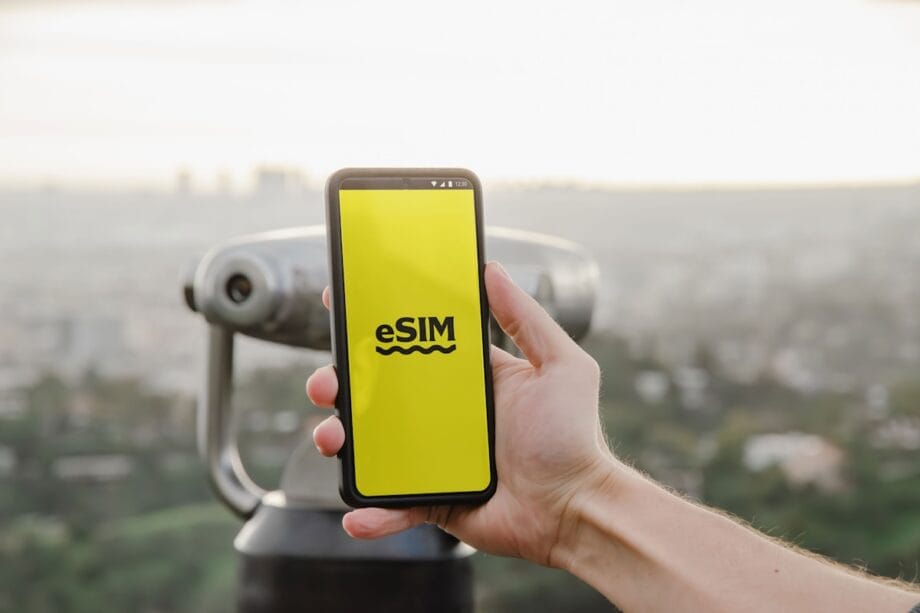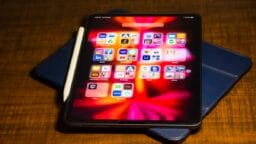Apple Propels Transition to eSIM Technology with New iPhone Launches
In a calculated maneuver, Apple is catalyzing a transition towards digital SIM technology with the imminent release of its premium smartphones, the iPhone 17 Pro and Pro Max. These models will feature enhanced battery capacities exclusively in their eSIM variants, thereby providing an appealing advantage to users who opt to eliminate the physical SIM card tray.
Industry analyses corroborate that Apple is leveraging battery size as a primary allure for users. This strategic initiative seeks to exponentially increase global eSIM adoption rates beyond just the United States.
Significant Battery Capacity Variances Offer Clear User Advantages
The distinctions in battery capacity are both noteworthy and practical. According to supply chain evaluations, the standard iPhone 17 Pro equipped with a SIM tray is anticipated to house a 3,988 mAh battery. In contrast, the eSIM-exclusive model of the same smartphone is projected to possess an impressive 4,252 mAh cell.
This trend persists within the larger Pro Max model. The variant accommodating the physical SIM is expected to incorporate a 4,823 mAh battery, while its eSIM counterpart will escalate to an impressive capacity of 5,088 mAh.
Such specifications translate directly to prolonged usage durations. Users can anticipate an enhancement of an hour or more of additional screen-on time across various activities, including video playback, gaming, and standard web browsing.
Strategic Initiative Accelerates Global eSIM Adoption Objectives

Apple’s approach subtly pressures both consumers and mobile carriers alike. The company previously eliminated the SIM tray entirely from U.S. versions of the iPhone 14. The global implementation, however, has progressed at a more measured pace due to the diverse support for eSIM technology by carriers around the world.
By providing a concrete benefit, the choice becomes more straightforward for consumers. Those in search of maximum battery longevity will naturally gravitate towards the eSIM variant, consequently amplifying consumer demand for comprehensive eSIM support from their respective carriers.
This initiative is perceived as another stride towards a completely portless iPhone. Apple has a longstanding tradition of eschewing legacy features to compel industry evolution, illustrated by the discontinuation of the headphone jack and the recent shift from Lightning to USB-C.
The enhanced battery capacity makes the iPhone 17 Pro’s eSIM option particularly enticing for power users. This strategy effectively hastens the inevitable global transition away from physical SIM cards.
Key Information at Your Fingertips
What is an eSIM?
An eSIM is a digital SIM embedded within your device, enabling activation of a cellular plan without reliance on a physical plastic SIM card from a carrier. Users can typically switch plans digitally through their device settings. Will my mobile carrier support an eSIM iPhone?
Currently, most major carriers globally support eSIM technology. Apple’s initiative is anticipated to compel remaining holdout carriers to expedite their support for this digital standard to satisfy consumer demand. Can I use two phone numbers on an eSIM-only iPhone?
Indeed. A fundamental feature of eSIM technology is its ability to accommodate multiple cellular plans. Users can effortlessly switch between them or maintain two active lines simultaneously for personal and professional use. Is the eSIM model available everywhere?
The iPhone 17 Pro with a physical SIM tray is likely to remain available in regions with limited eSIM infrastructure. Nevertheless, the eSIM variant, boasting a larger battery, may be perceived as the more appealing option globally. How much extra battery life does the larger capacity provide?
Analysts project that the enhanced battery could yield over an hour of additional usage, though the precise duration will vary based on individual habits, such as screen brightness levels and applications utilized.
Source link: Inews.zoombangla.com.






